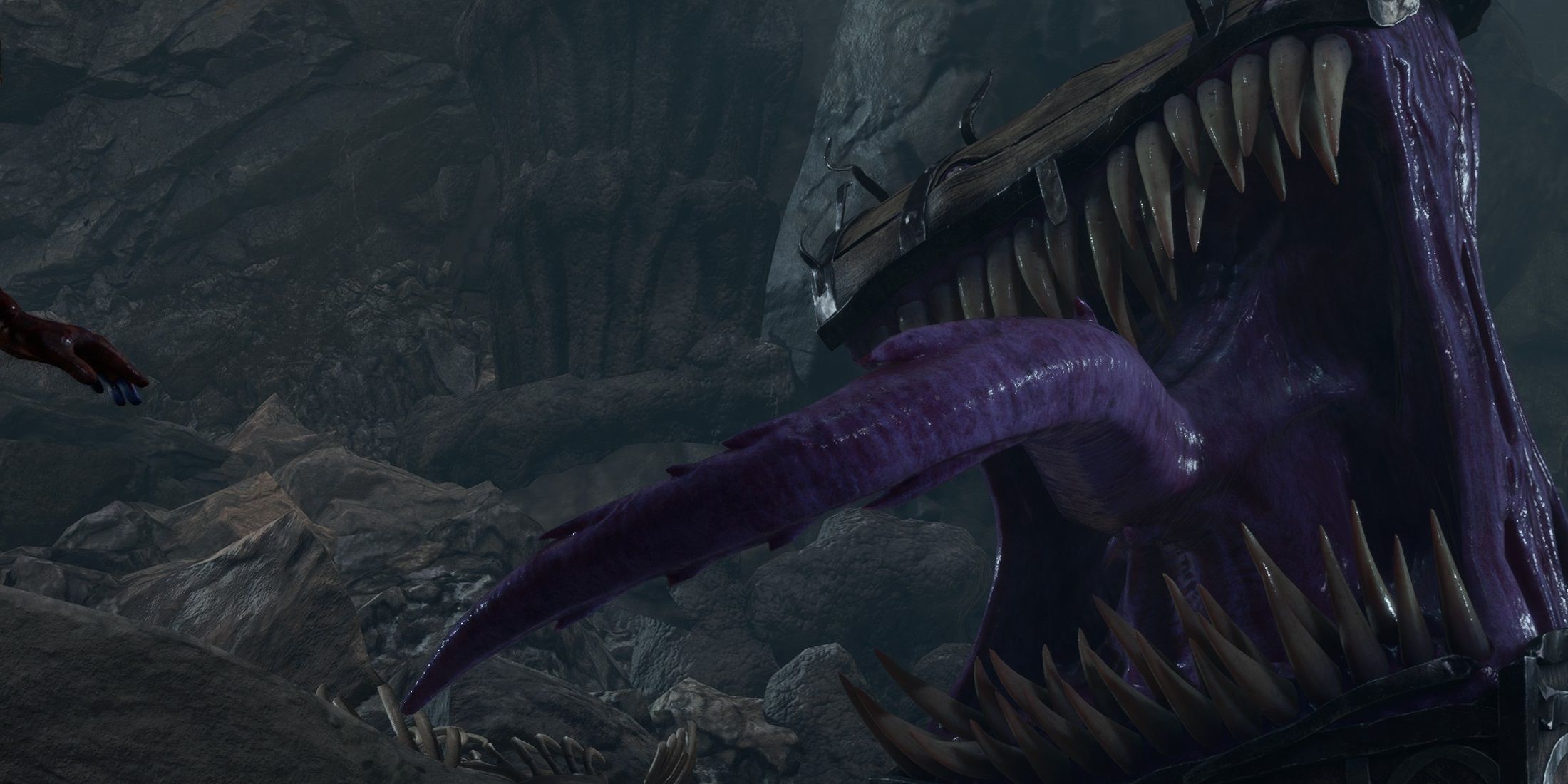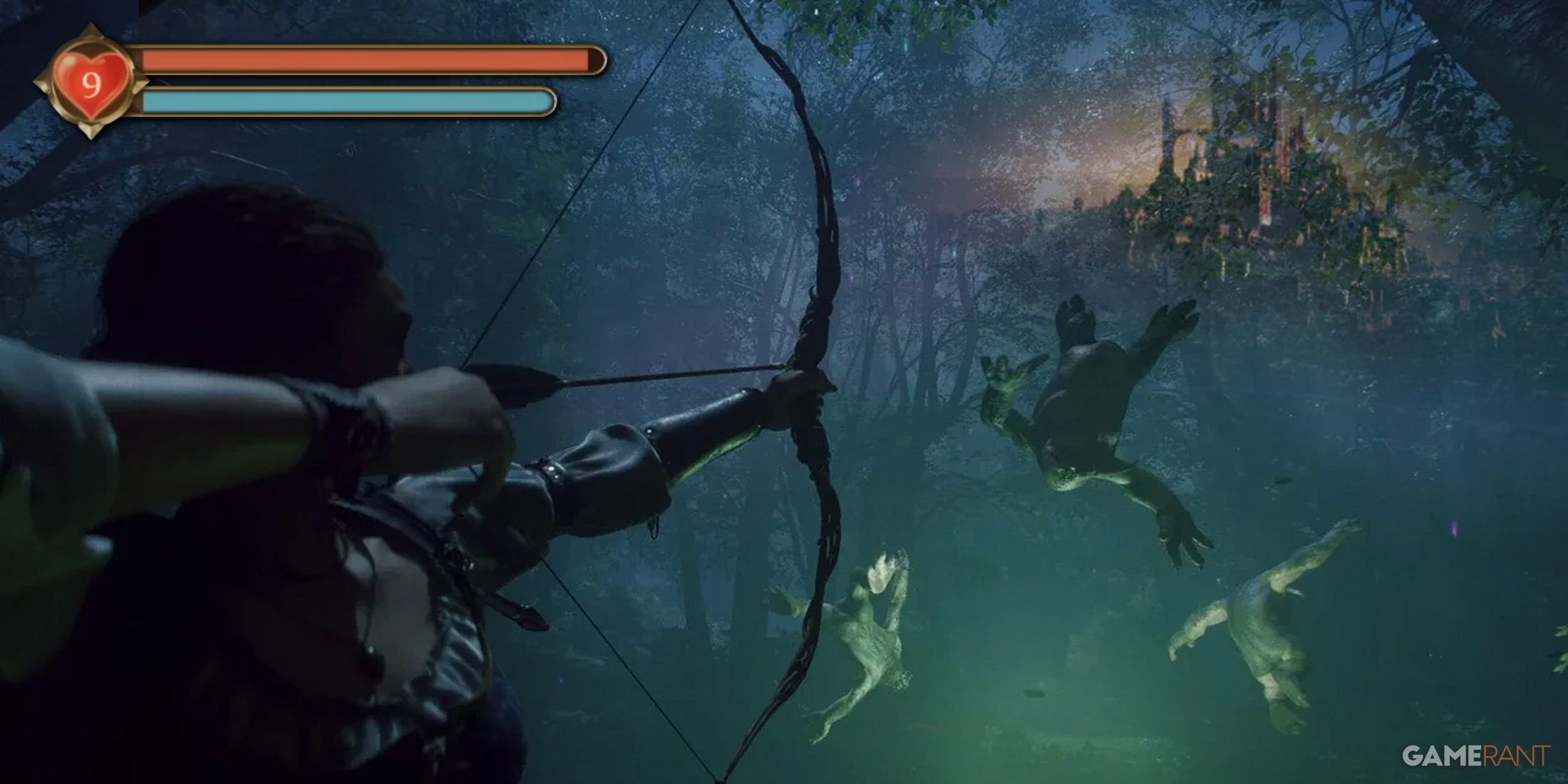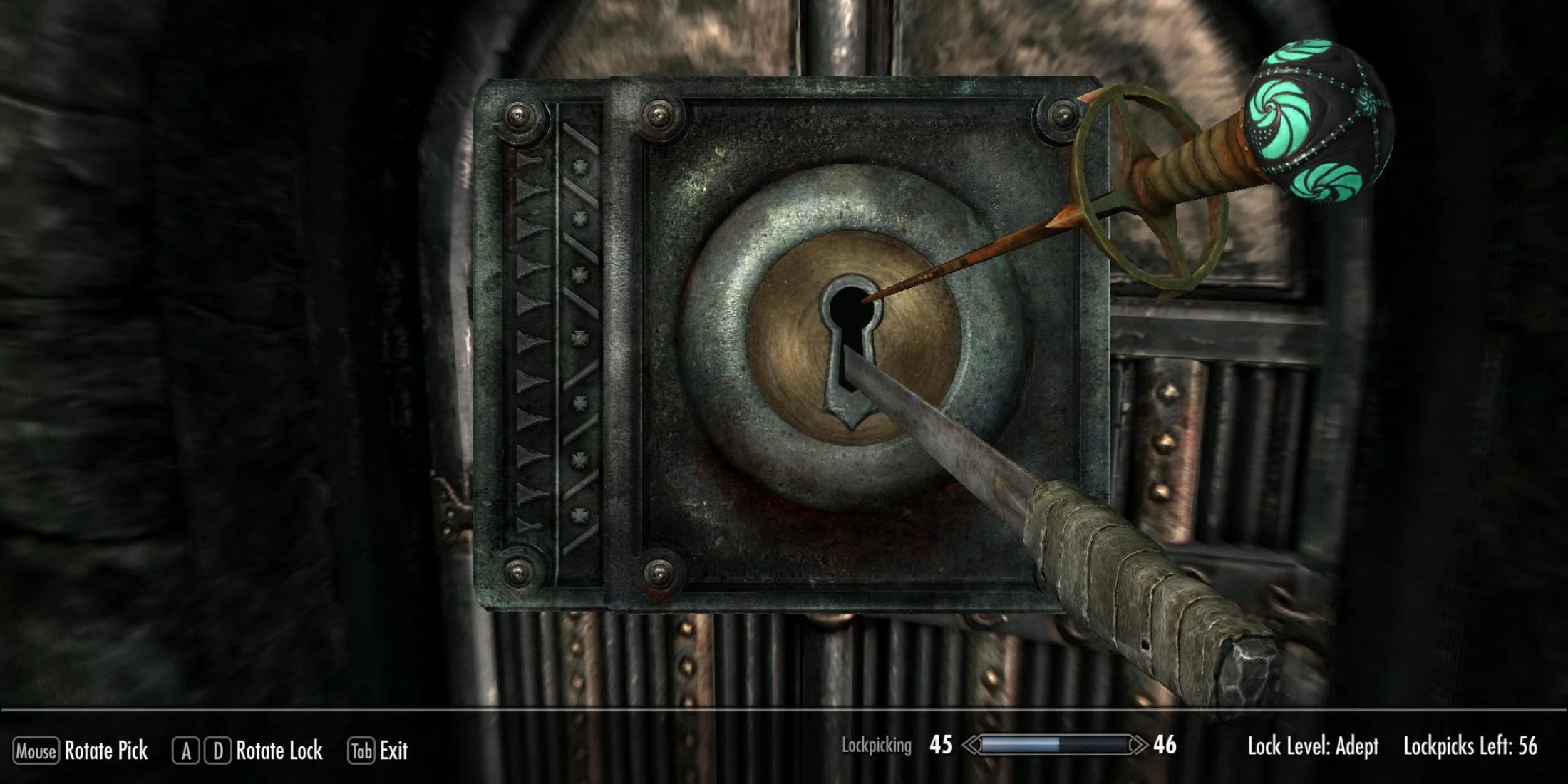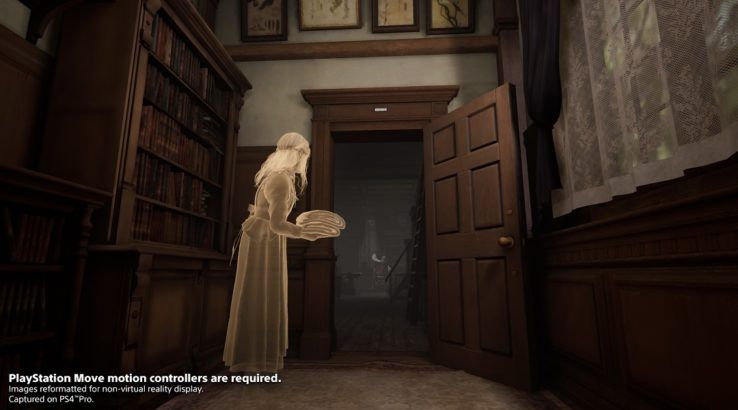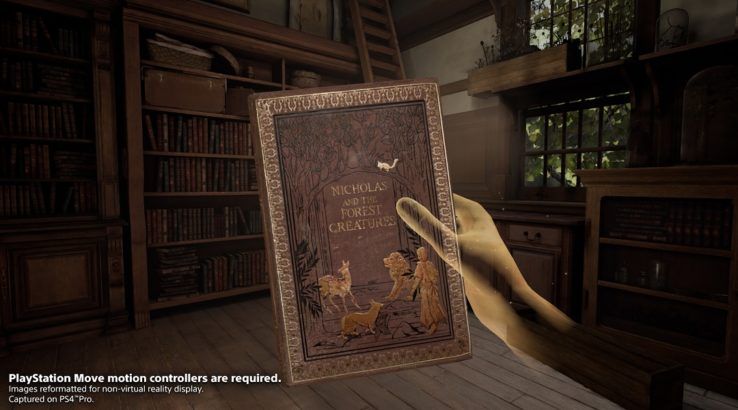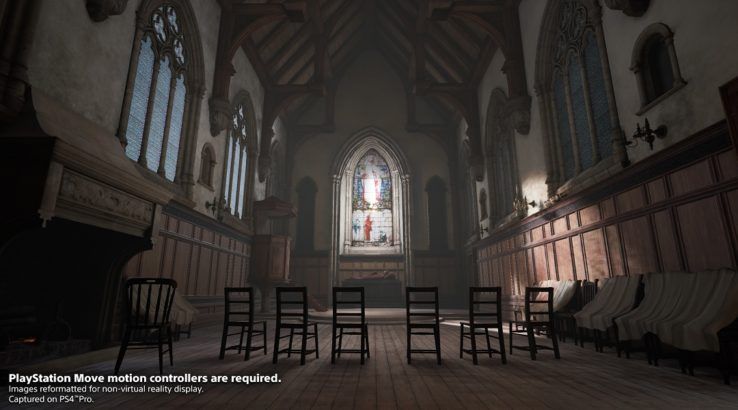Hidetaka Miyazaki and FromSoftware are best known for hardcore, tough-as-nails action-RPGs, particularly Dark Souls and Bloodborne. With the PlayStation VR-exclusive Deracine, FromSoftware tries something completely different from its usual fare, and while the studio should be commended for taking a risk, it doesn't really pay off.
Deracine is very bizarre. The game is primarily set in a boarding school, where a small group of orphans live with an aging headmaster. Players take on the role of a "faerie," who is able to explore the boarding school while everything else is frozen in time, interacting with certain objects and manipulating events.
Deracine plays like an updated take on the old-school point-and-click adventure games, with players moving from one area to the next, "clicking" on objects in the environment using the PlayStation Move motion controllers, and trying to solve puzzles. Each level (or "epoch") has a problem for the faerie to solve in order to help the orphans, and that usually consists of interacting with the right objects at the right time or selecting items that have been collected in the faerie's inventory.
Along the way, players can find clues that can help them solve the puzzles, which come in the form of written notes as well as audio logs that they can listen to by interacting with the memories of the orphans that have been imprinted all over the school. Even with clues though, the solutions to these puzzles can be frustratingly vague, and players will likely find themselves spending upwards of forty minutes bouncing from room to room, exhausting every possible option just so they can find the solution and continue the story.
This is common for point-and-click adventure games, but it's more frustrating in Deracine for a couple of reasons. For one, using the PlayStation VR headset for extended periods of time isn't the best idea, especially when the game involves quickly zooming from one place to the next like players will do when trying to get around the boarding school. Motion sickness and possibly even a headache can be expected from Deracine, depending on one's tolerance for virtual reality.
Secondly, traditional point-and-click adventure games typically show players an entire room at a time. In Deracine, players have to move around rooms from one spot to the next, as well as examine some areas up close. This means if players are trying to figure out the solution to a puzzle and are moving between rooms, there are a lot more steps involved than there would be otherwise.
Despite these frustrations, solving Deracine's puzzles can still be fun, and they are usually pretty clever. Yes, some of the puzzles are a little too vague, but others are well thought out and reward players for thoroughly gathering all of the clues possible. It helps that the puzzles are always relevant to the plot and the characters, and so even the frustrating ones at least fit with the game world and don't feel shoehorned in just for the sake of having another puzzle.
Deracine's world is one of its strong suits, as can be expected from director Miyazaki and FromSoftware, and it certainly succeeds at creating a unique atmosphere. The Victorian-era aesthetic of the boarding school pairs well with the relaxing violin music that's constantly playing in the background. The music keeps its relaxing tone throughout, which actually makes the game's more disturbing and violent imagery that much creepier. Deracine isn't a horror game, but there's still something unnerving about its boarding school, and it even has a few moments that are definitely scary.
This weird blend of childhood innocence and sinister undertones makes Deracine fascinating and hard to put down, despite its gameplay flaws. The children themselves reflect this unique atmosphere better than anything else in the game, as they are all nice, well-mannered kids, but with creepy quirks that makes interacting with them uncomfortable.
If Deracine stumbles at all with its atmosphere, its due to its graphical presentation. The art style is perfect for the tone FromSoftware was going for, but the visuals struggle to impress on the PlayStation VR headset. The game looks significantly better on TV (for the enjoyment of others in the room - Deracine requires a PSVR headset to play), but even then there are some issues like texture pop-in that are distracting and can break immersion.
Deracine also has somewhat long load times between levels, a problem that's made worse because of the VR exclusivity. In any other game, players could look at their phones or do something else during long load screens, but in Deracine, players are left staring at a pocket watch unless they want to remove the headset and put it back on again when the game starts back up. The early levels are long enough that the load times aren't too noticeable until the later, shorter stages, at which point they become quite annoying and seriously weigh the experience down.
Those that stick with Deracine long enough to get to the point where the load times become an annoyance will likely reach the end of the game as well, as it's not a terribly long experience. It can be completed in less than five hours if players don't get stuck on any of the puzzles, though those that manage to get to the end will likely be annoyed by the convoluted and confusing finale sequence.
Deracine doesn't stick the landing with its ending, and the game can often be more annoying to play than it is fun. It gets points for its bizarre atmosphere and intriguing plot, but they're not quite enough to make it a game worth playing through. If Miyazaki decides to create another VR game in the future, hopefully that game retains what's good about Deracine while delivering a gameplay experience that lives up to FromSoftware's impressive legacy.
Deracine launches on November 6, exclusively on PS4 for PlayStation VR.
Deracine

